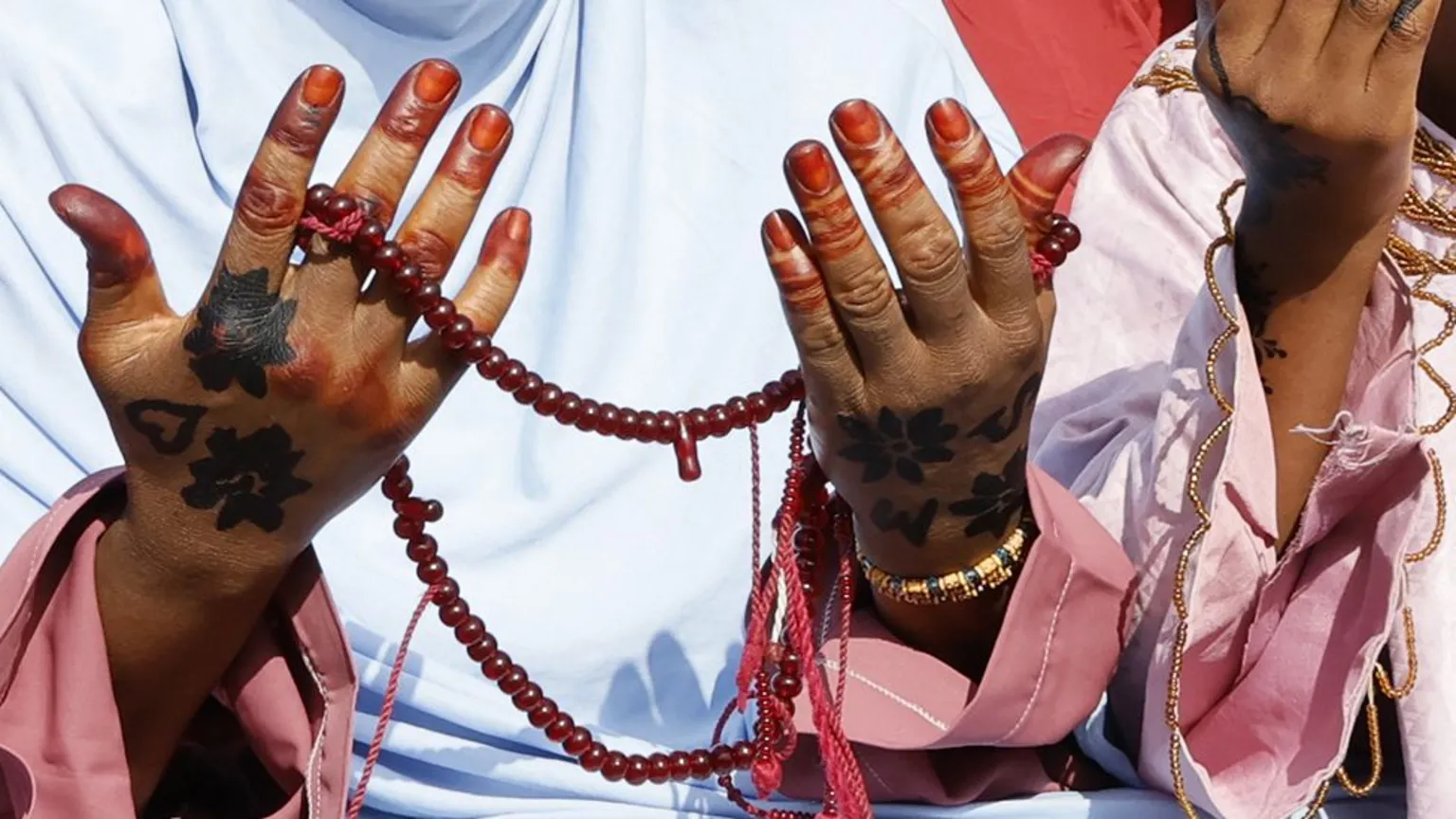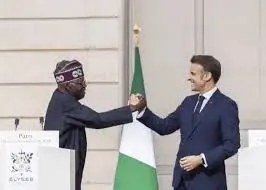In this article, we will be taking a look at the 15 wealthiest countries in the world. To skip our detailed analysis, you can go directly to see the 5 wealthiest countries in the world.
To say that wealth distribution globally is inequal would be the understatement of the century. Just two countries control around 50% of the global wealth, according to a report by Credit Suisse. While many countries in Asia and Africa suffer from crippling poverty, with a majority of the population being below the global poverty line, countries in the West, especially in Europe and North America, are far more developed. In fact, the top 10% of the global population has 190 times the wealth as compared to the poorest half of the global population. 52% of all income is taken up by the top 10% while only 8.5% goes to the poorest half. Even in countries which are developed, wealth disparity can be incredibly high when comparing the wealthiest versus the poorest.
However, it isn’t all doom and gloom. According to the United Nations, income inequality between countries has been decreasing over the last quarter of a century. This is the first time that income inequality between countries has declined since the 1820s, which puts the progress in perspective. A large part of this is because of strong growth in developing economies and especially, economic growth in China which has emerged as a powerhouse in the past few decades. This of course doesn’t mean that current levels of wealth inequality are commendable, they’re definitely not. For example, the average income of people in North America is 16 times higher than that of people who live in Sub-Sahara Africa. And while income inequality between countries has improved, as mentioned earlier, the income equality within countries is continuing to increase at an unprecedented rate. Nearly three quarters of the total global population lives in countries where income inequality has grown over time and has grown in both developed as well as developing countries. On the other hand, in the Carribean and Latin America, income inequality has actually decreased in the past few decades though overall levels of inequality are still quite high.
This wealth inequality can be seen in the fact that wealth is more and more being consolidated at the top. Since the Great Recession in 2008-2009 which affected most countries in the world, the wealth of billionaires has actually doubled, with the pandemic years being particularly beneficial for billionaires. The richest people in the world have added tens of billions each to their wealth.
Some countries’ wealth comes from natural resources (see the top oil producing countries in 2022), but the main source of wealth is technological superiority and education (see the most educated countries). The wealthiest countries in the world are also the most developed countries in the world. Few people will be surprised to see these countries on the list considering their dominance in global economics. Developed economies have advanced infrastructure which enables growth and does not require as much investment as compared to countries where infrastructure isn’t developed and needs to basically be built from scratch and completely overhauled. Developing economies take on major loans and then have to pay them back with interest which they can barely afford. This is where China comes in.
After Suriname failed to make its debt payments, China’s bank immediately got money from Suriname’s accounts. China has invested more than $65 billion in Pakistan, considered to be one of the most important developing economies because of the size of the country and its population. After Pakistan faced devastating floods that affected more than 30 million people, it has struggled to pay off its loans to the second-biggest economy in the world. While the deep and necessary relationship between the two countries (India and Pakistan both have tense political ties with India) has ensured that China has not called on its debt yet, the country could do so anytime. In elections held by Kenya and Angola, one of the top topics discussed in debates was the Chinese loans owed by the countries. Perhaps the biggest cautionary tale here is that of Sri Lanka, whose economy imploded in 2019 in a crisis that is still ongoing. 20 years ago, China loaned $1 billion to Sri Lanka to build a new port, which would boost the country’s economy. However, the port wasn’t profitable for the government which in turned failed to pay back loans to China. In 2007, China took over the port’s operations on a 99-year lease, basically foreclosing on the port. This example has long been touted by the West as the Chinese debt traps which is increasing China’s influence in Emerging Markets and is making developing economies susceptible to Chinese interference. All these instances are continuing to ensure that the gap between wealthy and emerging nations continues to increase.
Meanwhile, we seem to be heading into an imminent global recession, which the Bank of England has warned could be the longest recession in the country’s history. Economies are slowing down and inflation rates have reached record highs. To add to this, the war between Russia and Ukraine has had a global impact as well, not to mention casting uncertainty on the future as no one can predict when the war will end. While even developed countries are struggling to manage this scenario, it’s much worse for developing nations. U.S. interest rates have risen dramatically in an attempt to control inflation, a move which has considerably appreciated the U.S. dollar against all other currencies. This has a significant impact on developing nations as most of their debt is denoted in U.S. dollars, and with their currency depreciating against the U.S. dollar, at times more than 20%, their obligation has increased correspondingly which is a major burden on their economy.
To determine the wealthiest countries in the world, we have considered their total wealth, as determined in the Wealth Report by Credit Suisse. As mentioned earlier, most of these countries won’t be surprises considering that the strength of their economies is well-known. So, without further ado, let’s take a look at the countries dominating the global economy, starting with number 15:
15. Switzerland
Total wealth of the country (in billions of dollars): 4,878
The richest nation in terms of mean wealth per adult, Switzerland is easily one of the richest nations in the world and ranks highly in all quality of living indexes.
14. Netherlands
Total wealth of the country (in billions of dollars): 5,422
One of the richest economies in terms of GDP per capita, Netherlands has a GDP of more than $1 trillion while its GDP growth rate in 2021 was 3%.
13. Taiwan
Total wealth of the country (in billions of dollars): 5,878
Taiwan has a highly developed market economy and is the 18th largest globally in terms of purchasing power parity.
12. Spain
Total wealth of the country (in billions of dollars): 8,431
Spain has a highly developed economy despite the country being plunged into a recession after the financial crisis of 2007 – 2008 and had to endure a longer recession than that faced by the United States or the European Union. By 2012, the unemployment rate was around 25%. After three decades of a trade deficit, the country finally entered a trade surplus in 2013 and has continued to improve since.
11. South Korea
Total wealth of the country (in billions of dollars): 10,149
South Korea was a struggling economy in the 1960s and developed at a rapid pace over the last several decades to be counted among the world’s strongest economies.
10. Australia
Total wealth of the country (in billions of dollars): 10,649
With a GDP close to $2 trillion, Australia is home to the 16th largest stock exchange. Its economy is deeply connected to other countries in East and Southeast Asia.
9. Italy
Total wealth of the country (in billions of dollars): 11,512
Despite its economic issues, Italy is still one of the wealthiest countries in the world. It is considered to be a leading country in exports and world trade. It is also among the countries with the highest quality of life. Meanwhile, its private wealth is among the biggest globally.
8. Canada
Total wealth of the country (in billions of dollars): 12,362
Canda is home to a mixed-market economy which is dominated by the service industry. With a GDP of $2.2 trillion in 2022, Canada’s exports are worth more than $630 billion.
7. India
Total wealth of the country (in billions of dollars): 14,225
The second largest population of the world may be counted among the wealthiest countries in the world, but it is also home to one of the largest poverty-stricken populations in the world. It is easily among the countries with the highest wealth inequalities in the world.
6. France
Total wealth of the country (in billions of dollars): 16,159
The third wealthiest company in Europe, France is noted for state participation in strategic sectors. The service sector represents the biggest part of France’s economy and hence, its wealth while according to the 2020 Bloomberg Innovation Index, it was considered to be among the most innovative countries in the world.
5. United Kingdom
Total wealth of the country (in billions of dollars): 16,159
The United Kingdom used to be a massive empire stretching halfway across the world but now is only the fifth wealthiest country in the world. Right now, the United Kingdom is in a massive conundrum having just had its second Prime Minister having to resign after the shortest reign in history. The high cost of living combined with rising energy costs have created a tough situation for its population.
4. Germany
Total wealth of the country (in billions of dollars): 17,489
The biggest economy in Europe, Germany is a highly developed economy where 41% of the national output is derived through exports, making it one of the largest exporters in the world. Germany also ranks very highly in terms of standard of living. 53 of Forbes Global 2000 companies are headquartered in Germany.
3. Japan
Total wealth of the country (in billions of dollars): 25,692
Japan has a highly developed economy and is the second largest developed economy in the world. One of the biggest importer and exporters in the world, Japan is also the second-biggest automobile manufacturer in addition to having the second largest foreign reserves in the world. Japan is well-known for its high-tech and precision goods including robots and hybrid vehicles. It is home to some of the biggest companies in the world including Toyota Motor Corporation (NYSE:TM), Sumitomo Mitsui Financial Group, Inc. (NYSE:SMFG) and Sony Group Corporation (NYSE:SONY).
2. China
Total wealth of the country (in billions of dollars): 85,107
China’s rapid growth has made the West quite wary considering that their interests don’t align. Most of the top companies in China are owned by the state. Despite being the second-wealthiest country in the world, China is not even in the top 20 of either mean wealth per adult or median wealth per adult, which shows that the wealth is not trickling down to its population of 1.4 billion. On the other hand, the number of millionaires in China have been steadily growing, with the country now boasting 10% of the total millionaires in the world.
1. United States of America
Total wealth of the country (in billions of dollars): 145,793
Easily topping the list of the 15 wealthiest countries in the world is the United States of America, whose wealth is greater than the next three countries combined. Capitalist policies have ensured that companies have thrived in the United States, with a solid customer base in the strong middle-class population. With more than 31% of the total global wealth, the United States still lags behind many European countries in the standard of living index as computed by many different independent organizations.
The United States is home to some of the biggest company in the world including the top technology companies in Alphabet Inc. (NASDAQ:GOOG), Amazon.com, Inc. (NASDAQ:AMZN), Meta Platforms, Inc. (NASDAQ:META) and Microsoft Corporation (NASDAQ:MSFT). These companies have tens of billions in revenue and hundreds of billions in market value, with the founders counted among the richest people in the world. While the United States is second globally in terms of mean wealth per adult, it is ranked 18th in terms of median wealth per person, which is a more accurate assessment.
Culled from Insidermonkey












